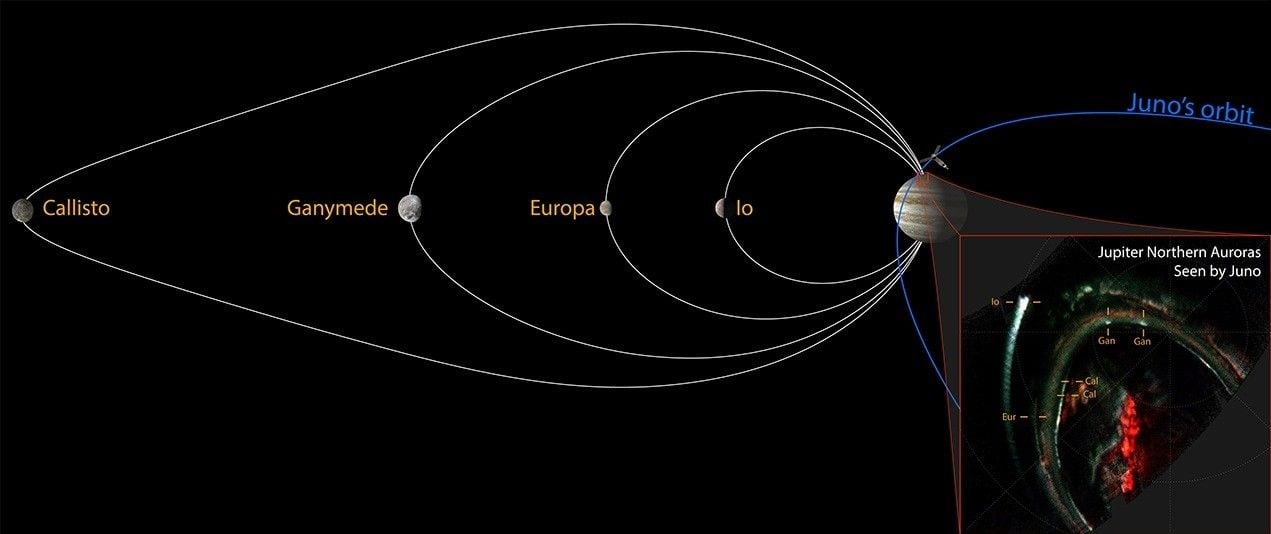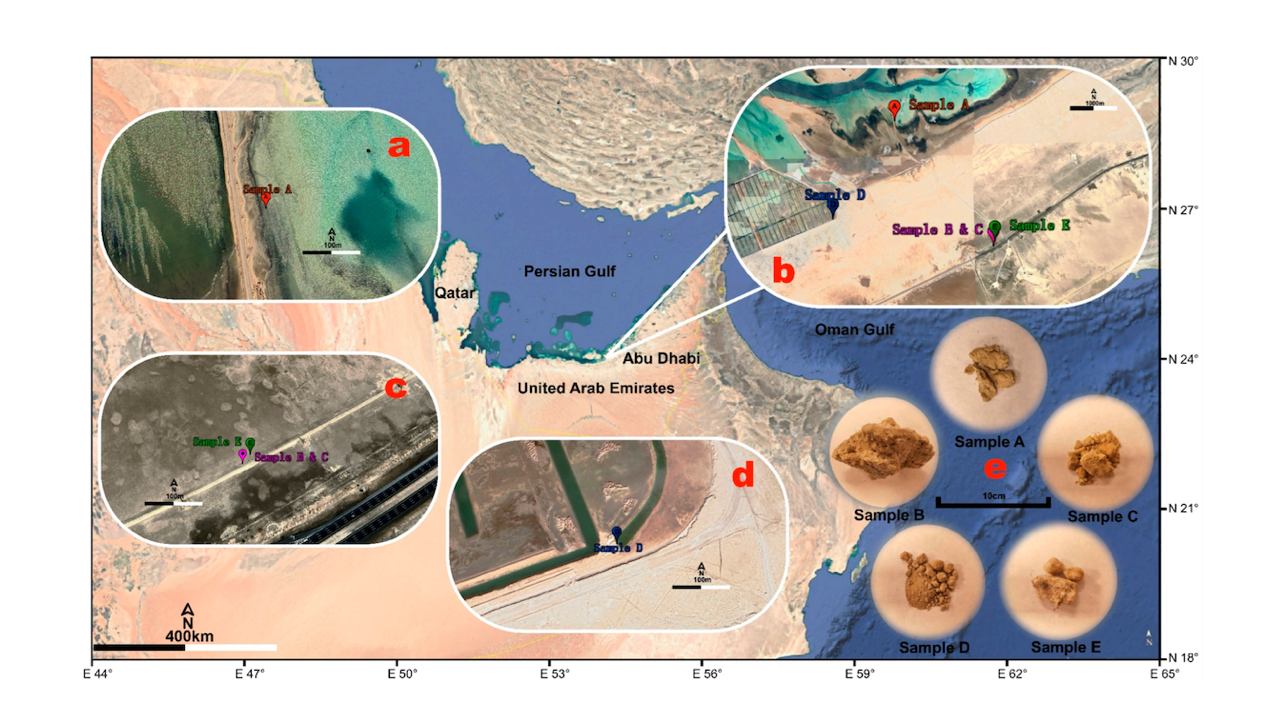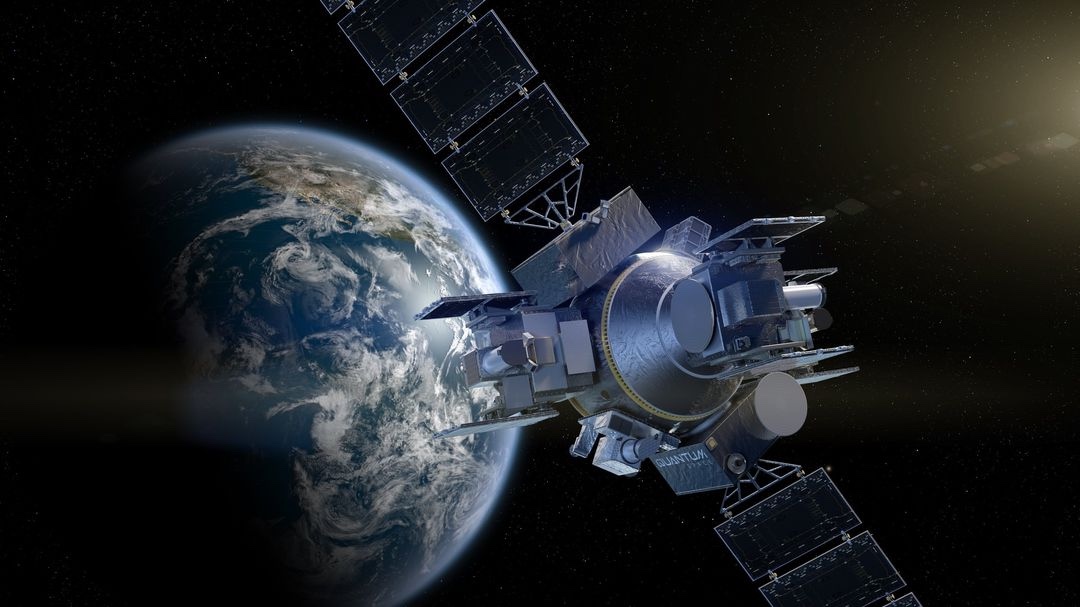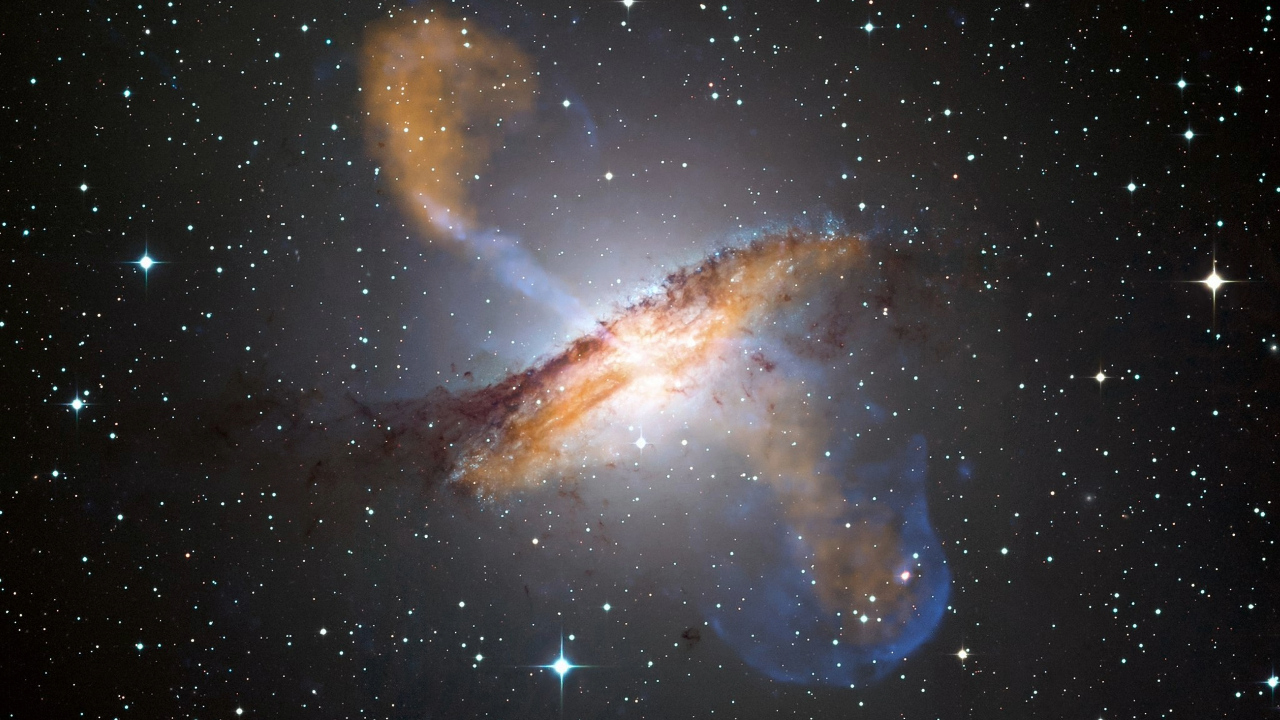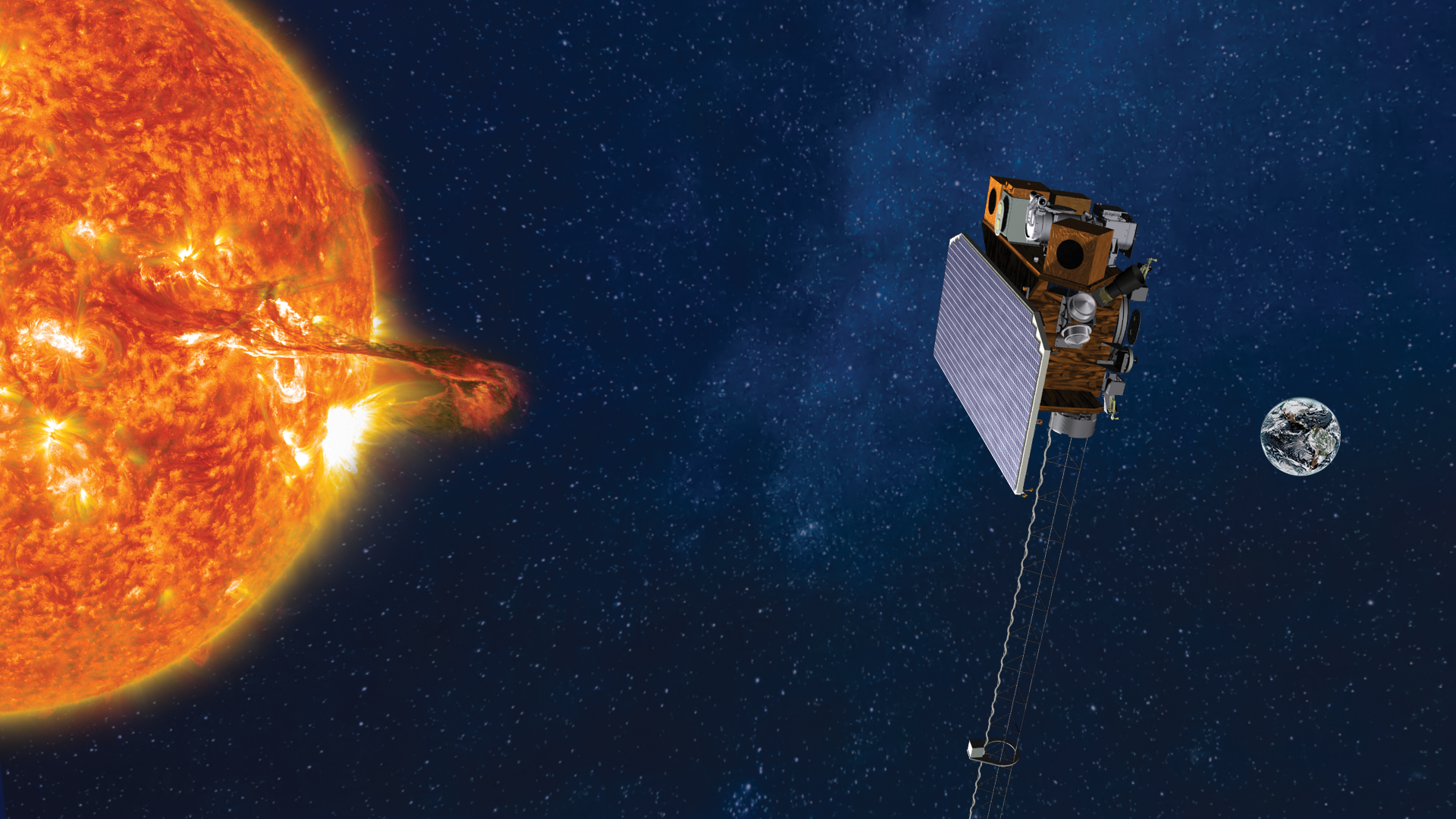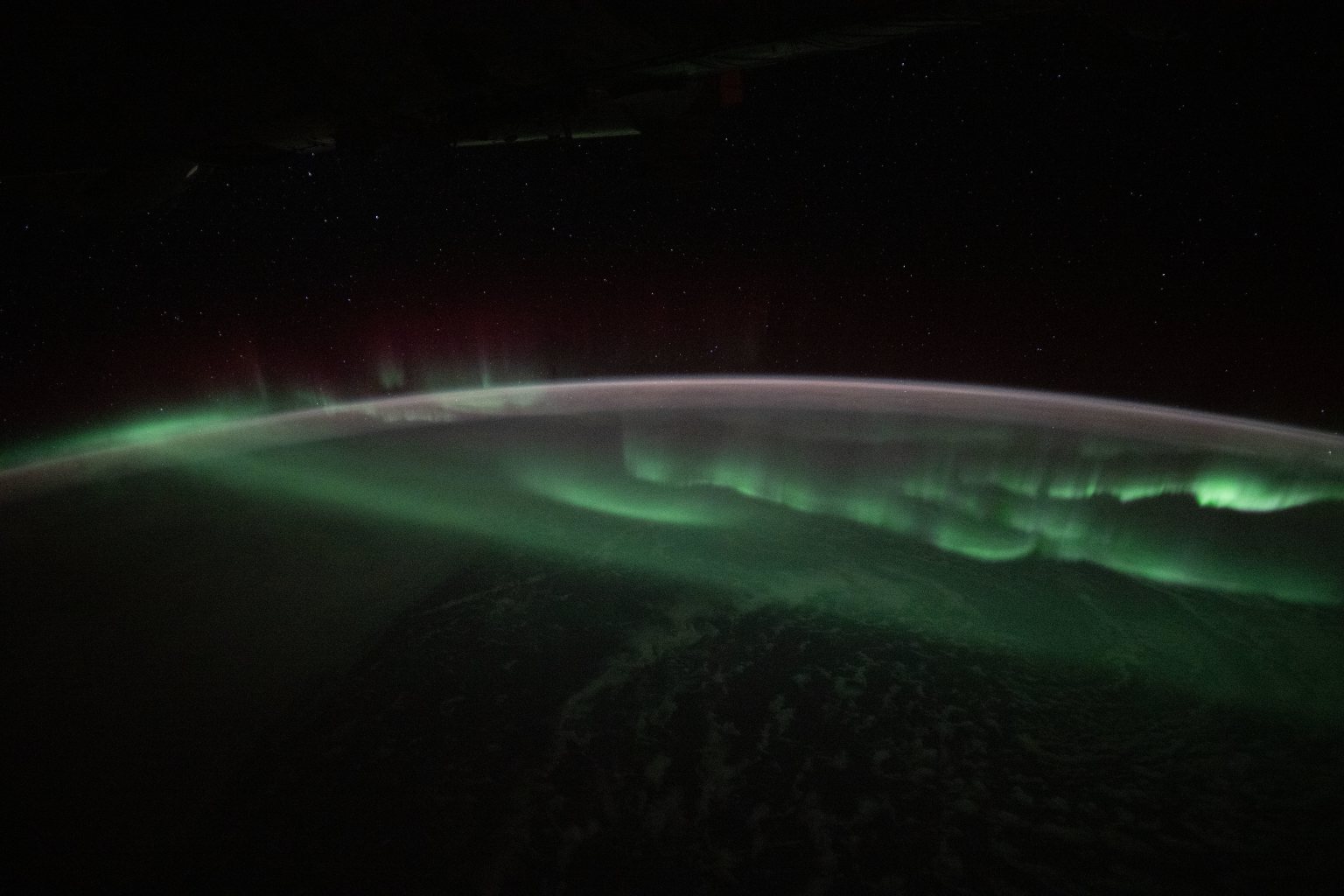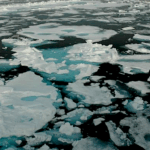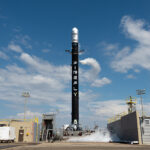Tee Luv Men’s NASA Shirt – Classic NASA Worm Logo Ringer T-Shirt Embrace your passion for space exploration with the Tee Luv Men’s NASA Shirt. This classic ringer t-shirt features
Hot Posts581- Page
Jupiter hosts the brightest and most spectacular auroras in the Solar System, and its largest moons (the Galileans) create their own auroral signatures known as “satellite footprints” in the planet’s
Distribution of sample locations across sabkha units of different ages along the northern coast of the United Arab Emirates. (a) Sampling locations at various outcrops, including Sample A from modern
While it may appear as just another spiral galaxy among billions in the universe, this image from the NASA/ESA Hubble Space Telescope reveals a galaxy with plenty to study. The
The official number of exoplanets—planets outside our solar system—tracked by NASA has reached 6,000. Confirmed planets are added to the count on a rolling basis by scientists from around the
The magnetic fields that formed in the very early stages of the universe may have been billions of times weaker than a small fridge magnet, with strengths comparable to magnetism
WASHINGTON — Quantum Space is acquiring propulsion technologies and facilities from Phase Four to support development of its Ranger maneuverable spacecraft. The company announced Sept. 22 it acquired Phase Four’s
This article was originally published at The Conversation. The publication contributed the article to Space.com’s Expert Voices: Op-Ed & Insights. Black holes are massive, strange and incredibly powerful astronomical objects.
6 Min Read Upcoming Launch to Boost NASA’s Study of Sun’s Influence Across Space Soon, there will be three new ways to study the Sun’s influence across the solar system
3 Min Read NASA Seeks Industry Input on Next Phase of Commercial Space Stations The aurora australis appears over the Earth in this photograph taken from the International Space Station
-
 012024 in Review: Highlights from NASA in Silicon Valley
012024 in Review: Highlights from NASA in Silicon Valley -
 02Panasonic Leica Summilux DG 15mm f/1.7 ASPH review
02Panasonic Leica Summilux DG 15mm f/1.7 ASPH review -
 03How New NASA, India Earth Satellite NISAR Will See Earth
03How New NASA, India Earth Satellite NISAR Will See Earth -
 04And Thus Begins A New Year For Life On Earth
04And Thus Begins A New Year For Life On Earth -
 05Astronomy Activation Ambassadors: A New Era
05Astronomy Activation Ambassadors: A New Era -
06SpaceX launch surge helps set new global launch record in 2024
-
 07Space Force plans new ‘Futures Command’ amid pressure to speed up modernization
07Space Force plans new ‘Futures Command’ amid pressure to speed up modernization



